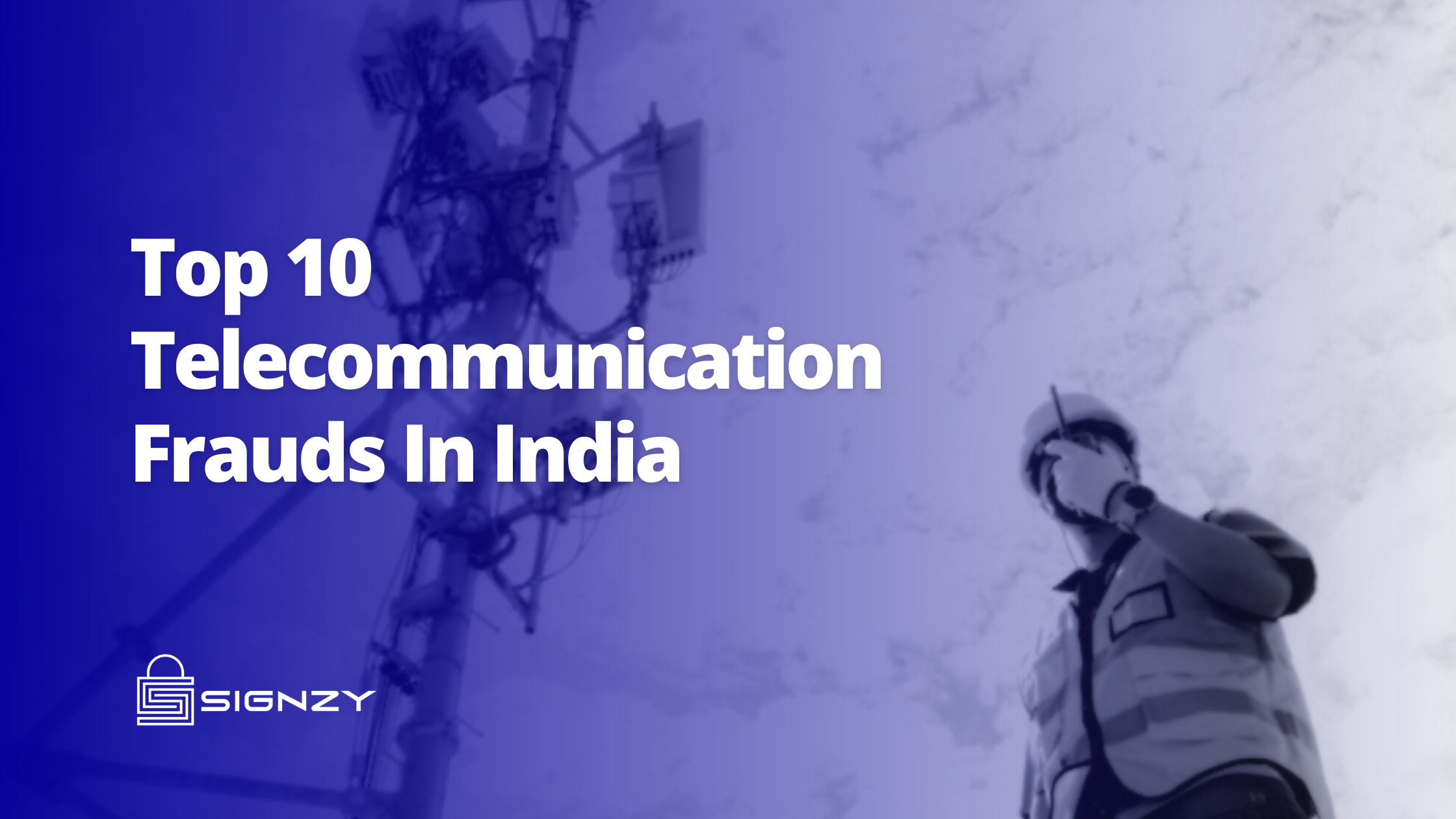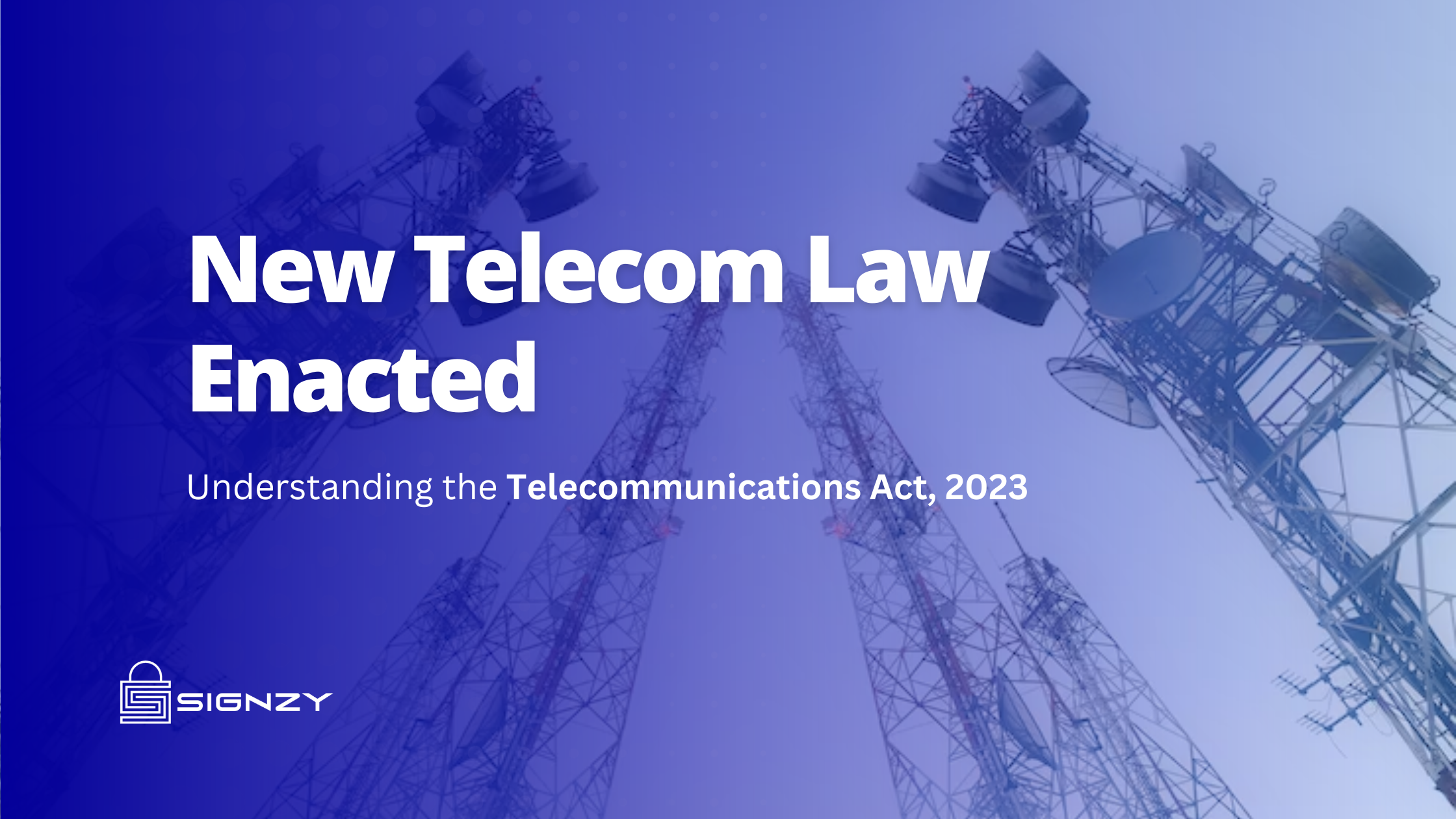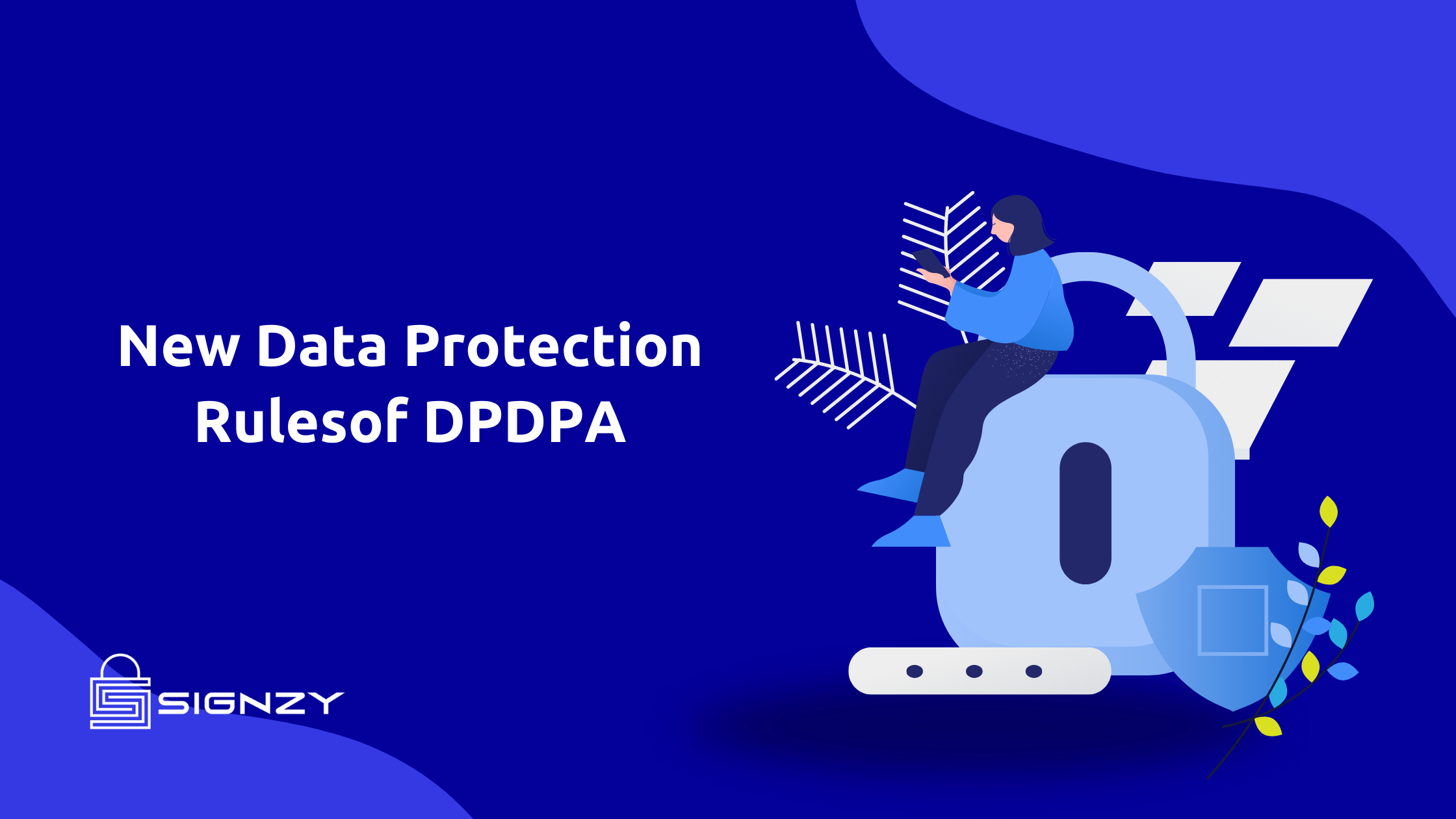Telecommunication fraud in India is a growing concern, with sophisticated scams targeting both providers and consumers. These deceptive practices range from illegal SIM swaps to intricate phishing schemes, costing the economy and individuals significantly. As digital adoption accelerates, so does the urgency for robust fraud detection and prevention measures.
India’s booming telecom sector, with its vast and tech-savvy user base, unfortunately attracts not just legitimate businesses but also cunning fraudsters. These digital demons prey on vulnerabilities in the system, costing telecom companies billions and leaving users bewildered and out of pocket.
Today, we shine a light on the top 10 telecommunication frauds plaguing India, equipping you with the knowledge to outsmart the tricksters and safeguard your mobile experience.
International Revenue Sharing Fraud (IRSF): The most persistent type of Telecommunication fraud!
In IRSF, fraudsters lease premium-rate phone numbers designed to charge high rates for calls. They then illegally access a company’s phone system to call these numbers, racking up large charges that the company unknowingly pays. A portion of these charges is kicked back to the fraudsters. It’s a significant issue for telecom companies because it can lead to enormous unexpected bills and there’s little regulation to help victims recover the costs.
Interconnect Bypass Fraud (SIM Box Fraud):
This occurs when fraudsters use a device called a SIM box to redirect international calls through a different route that costs less. The call is still billed at the higher international rate, but the fraudster only pays a lower cost, keeping the difference. This not only cheats telecom operators out of revenue but often results in poorer call quality for unsuspecting customers.
Telecom Arbitrage Fraud:
Arbitrage fraud in telecommunication exploits the price discrepancies in international call rates. Fraudulent operators act as middlemen, rerouting calls through countries with cheaper rates while charging the original higher rates. They profit from the difference, and this type of fraud can be difficult to trace due to the complex nature of international telecom networks.
PBX Hacking:
Private Branch Exchange (PBX) systems, which many businesses use for their internal phone networks, can be vulnerable to hacking. Fraudsters exploit weak security to gain access and make long-distance or premium-rate calls at the business’s expense. The hacking often goes unnoticed until the business receives an unusually high phone bill.
Traffic Pumping (Access Stimulation):
Local phone companies in rural areas sometimes inflate the volume of incoming calls to their networks. This is to take advantage of the compensation fees they’re entitled to from larger telecom companies. It’s a legal loophole that allows them to claim more money under the guise of increased traffic.
Deposit Fraud:
Deposit fraud is essentially credit card fraud targeting telecom operators’ online stores. Fraudsters use stolen credit card details to purchase prepaid SIM cards or devices. When the actual cardholder disputes the charge, the telecom company must issue a refund, which adds to their losses.
Subscription Fraud – One of the common Telecommunication Frauds
Here, criminals use stolen identities to sign up for phone contracts to get high-end smartphones, which they then unlock and sell. They manage to bypass the Know Your Customer (KYC) checks with fake or stolen IDs, and by the time the fraud is discovered, the fraudster has disappeared with the device.
Account Takeover (ATO):
ATO fraud involves criminals gaining access to existing customer accounts by stealing or guessing login credentials. They can then make unauthorized changes or purchases. This type of fraud is costly to resolve and can severely damage a company’s reputation.
Smishing/SMS Phishing:
Scammers use SMS phishing to trick individuals into revealing personal information by sending deceptive text messages. They often use sophisticated techniques to avoid detection and may even operate illegal marketplaces to sell the data they collect.
SIM Jacking and SIM Swapping:
This fraud involves transferring a victim’s phone number to a new SIM card that the criminal controls. They can intercept text messages and calls, including those containing one-time passwords or two-factor authentication codes, to gain access to the victim’s other accounts and services.
Combating Telecommunication Fraud with Signzy
In the telecom industry, fraudsters often use complex schemes to conceal their identities, utilizing stolen personal information and employing a myriad of strategies to obscure their true intentions. Whether interacting with online shoppers or local carriers, the challenge remains the same.
Signzy offers a solution that allows telecom businesses to thoroughly understand their customers with minimal hassle. Our solutions are designed to provide deep insights into user identities, streamlining the verification process while maintaining user convenience.
About Signzy
Signzy is a market-leading platform redefining the speed, accuracy, and experience of how financial institutions are onboarding customers and businesses – using the digital medium. The company’s award-winning no-code GO platform delivers seamless, end-to-end, and multi-channel onboarding journeys while offering customizable workflows. In addition, it gives these players access to an aggregated marketplace of 240+ bespoke APIs, easily added to any workflow with simple widgets.
Signzy is enabling ten million+ end customer and business onboarding every month at a success rate of 99% while reducing the speed to market from 6 months to 3-4 weeks. It works with over 240+ FIs globally, including the 4 largest banks in India, a Top 3 acquiring Bank in the US, and has a robust global partnership with Mastercard and Microsoft. The company’s product team is based out of Bengaluru and has a strong presence in Mumbai, New York, and Dubai.
Visit www.signzy.com for more information about us.
Contact us directly!












